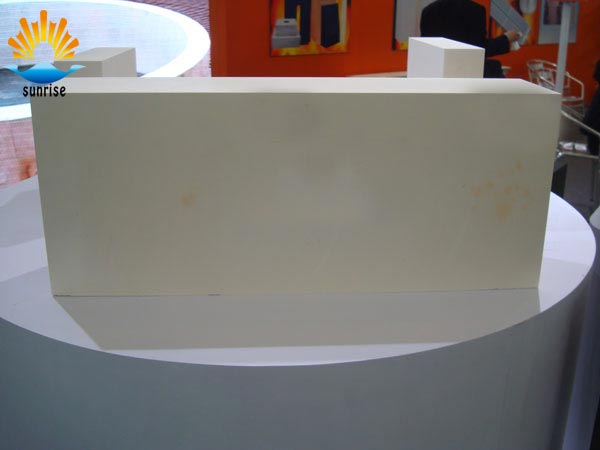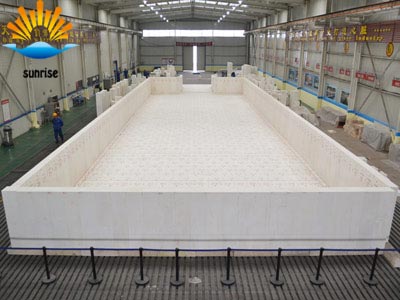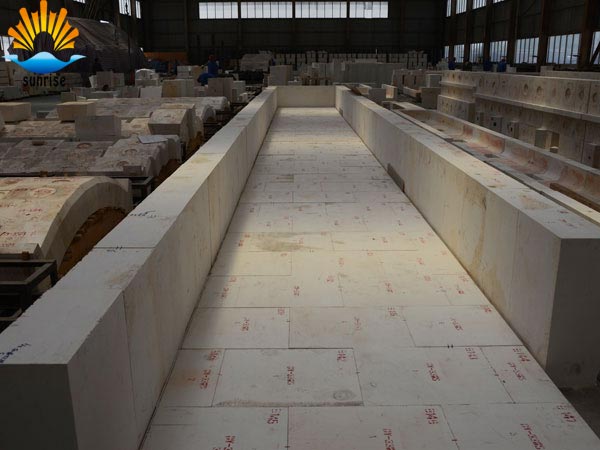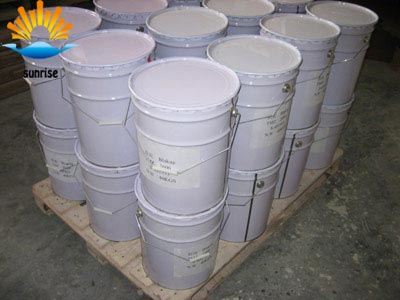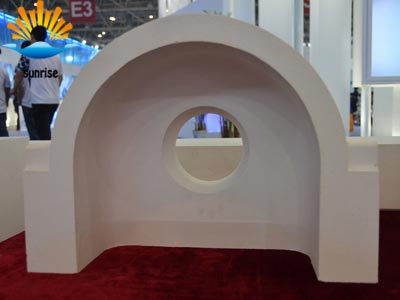♦ Compact microstructure
♦ Good erosion resistibility to molten glass
♦ Good thermal shock resistibility
♦ Barely rendering blister
►TY- AZS36 Shapes and sizes:
This product is only available for straight brick.
Application: mainly used for side walls of flame furnaces with embedded melter bottoms, for total security with average pulls and campaign lengths, and superstructures, front wall, back wall, top crown in glass melting furnace.

►Application:
Mainly used for sidewalls, doghouses, throat, bottom budding, Dam blocks, electric block corners.
Fused Cast AZS are the most widely used materials both in glass contact and superstructure of glass melting furnaces.
The products have passed the ISO international certified, are made of high pure material, fired at high temperature by advanced technology, with the advantages of high strength, high compression resistance, good thermal shock resistance, good performance in high temperature, good thermal conductivity, good erosion resistance and so on. Widely be used for linings of furnace in industries.
| Item | Behaviors | |
| TY-AZS36 | ||
| Chemical Composition | Al2O3 | ≥49.00 |
| ZrO2 | ≥35.50 | |
| SiO2 | ≤13.50 | |
| Na2O+K2O | ≤1.35 | |
| Bulk density g/cm3 | ≥3.85 | |
| Apparent Porosity % | ≤1.0 | |
| Cold Crushing Strength Mpa | ≥300 | |
| Exudation Temperature of Glass Phase | ≥1400 | |
| Bubble Separation Ratio(1300℃×10h) | ≤1.4 | |
| Anti-corrosion rate of glass liquid 1500℃×36h (mm/24h)% | ≤1.3 | |
| Apparent density (g/cm3) | PT(RN RC N) | ≥3.50 |
| ZWS(RR EVF EC ENC) | ≥3.70 | |
| WS( RT VF EPIC FVP DCL) | ≥3.80 | |
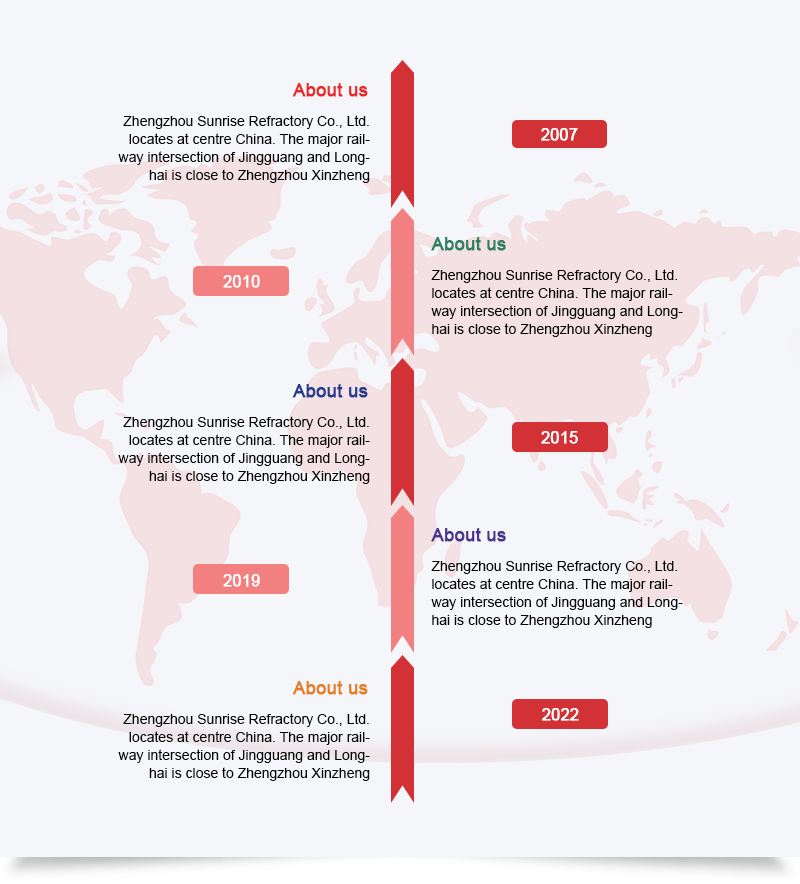
Factory strength »
















